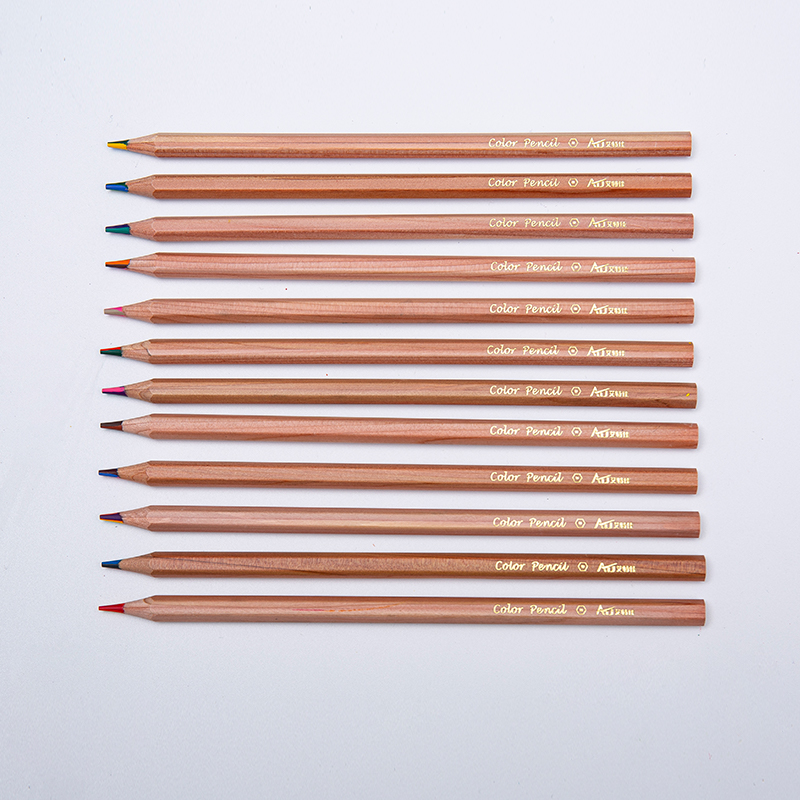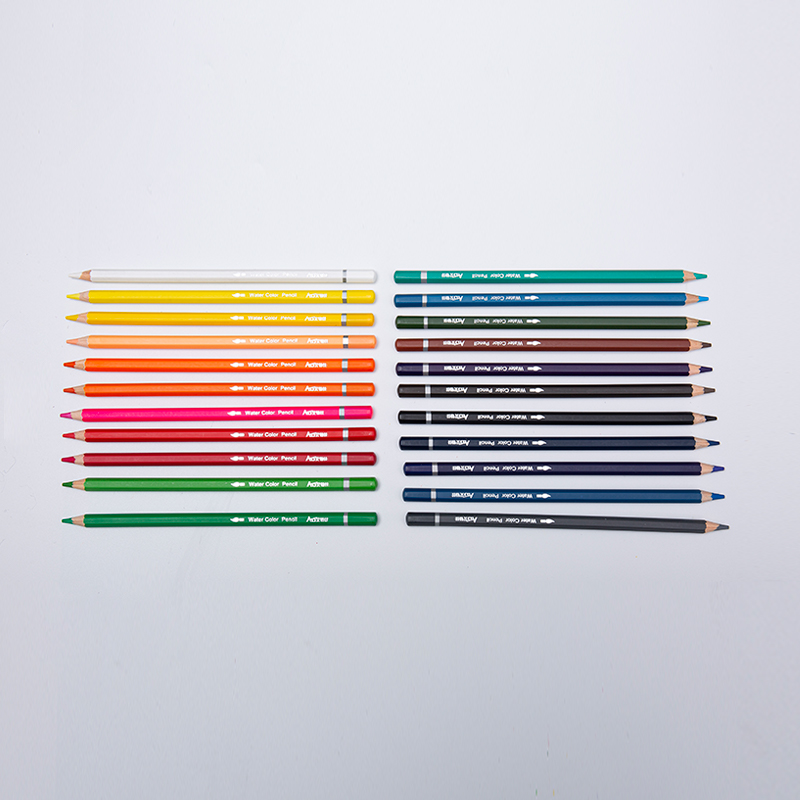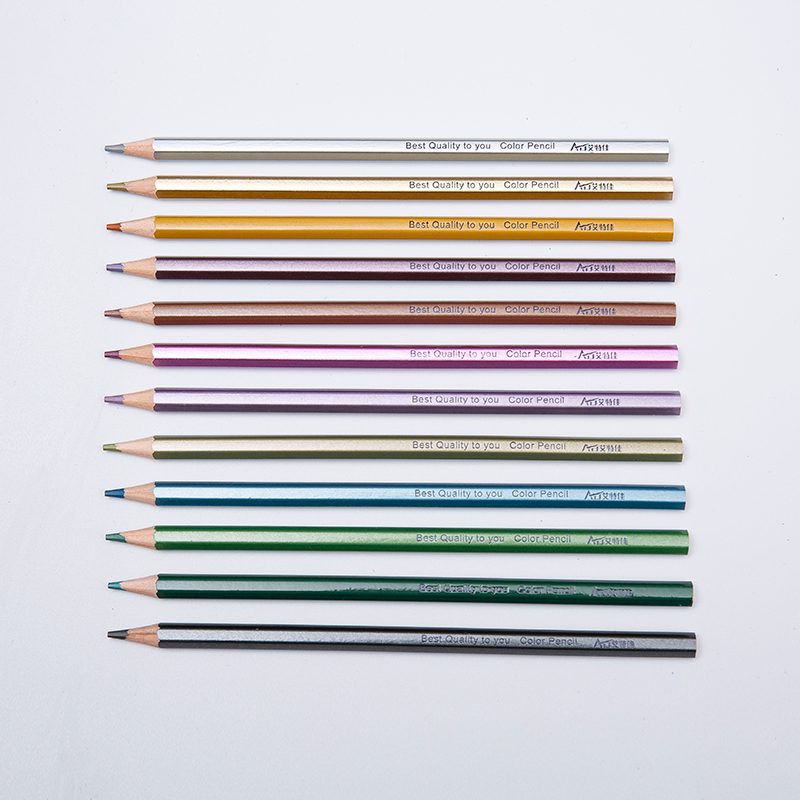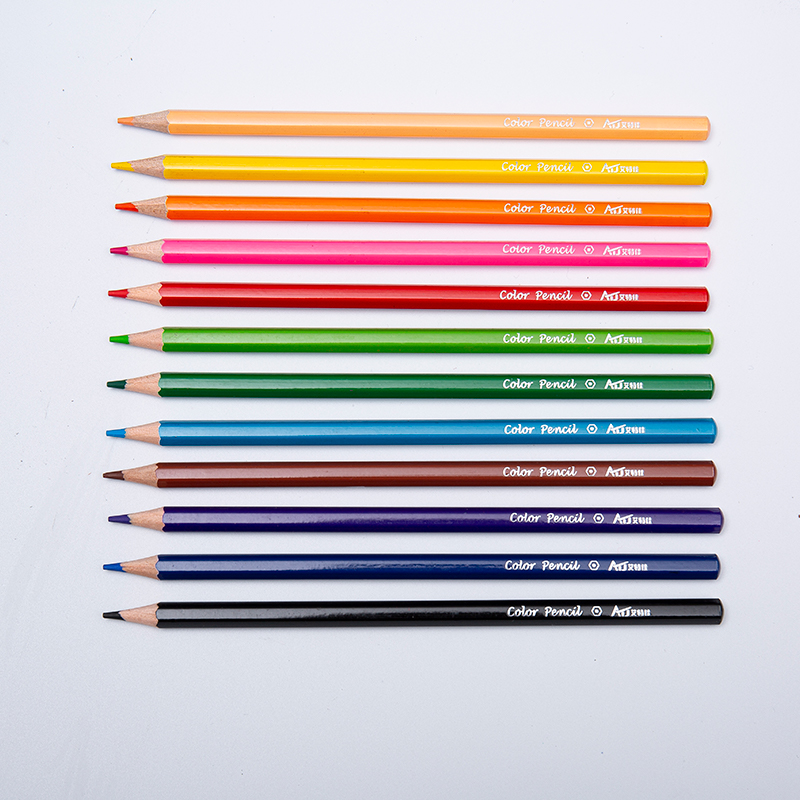Pencil slats, the rectangular wooden pieces used to encase graphite in pencils, are an essential component in determining the quality, appearance, and performance of a pencil. While many people focus on the graphite core or the final finish, the choice between natural and dyed pencil slats plays a significant role in the overall characteristics of a pencil. Understanding the differences between these two types of pencil slats can help manufacturers, retailers, and consumers make informed decisions.
Natural Pencil Slats
Natural pencil slats are made from wood that retains its original color and texture. The commonly used woods include cedar, basswood, and other softwoods with fine, straight grains. One of the primary advantages of natural pencil slats is their consistency. Because they are not treated with dyes, the wood’s natural patterns, including growth rings and grain variations, remain visible. This can give pencils an appealing, classic look that many artists and writers appreciate.
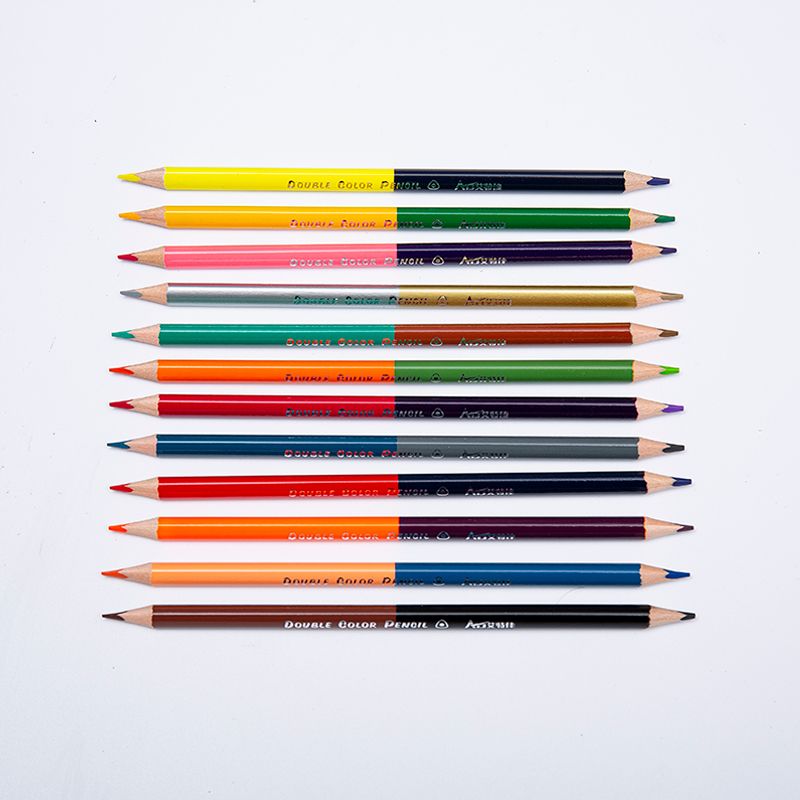
In addition to aesthetics, natural pencil slats often provide a smoother cutting experience during pencil manufacturing. Their untreated surface allows for easier shaping, grooving, and gluing of the graphite core. Furthermore, pencils made from natural pencil slats tend to have a uniform texture, which can improve the feel and performance of the pencil when writing or sketching.
Dyed Pencil Slats
Dyed pencil slats, on the other hand, are treated with colorants to achieve a wide range of vibrant hues. This process involves soaking or staining the wood, allowing the color to penetrate the slat. Dyed pencil slats are particularly popular in schools and offices where colorful pencils can make writing tools more visually appealing.
The use of dyed pencil slats also allows manufacturers to differentiate products easily. For example, a brand may offer a series of colored pencils where each slat corresponds to the color inside. Dyed slats can also help protect the wood, as certain dyes contain mild preservatives that reduce the risk of discoloration or minor surface damage over time.
Key Differences
The main difference between natural and dyed pencil slats lies in their appearance. Natural pencil slats showcase the wood’s original texture and color, while dyed pencil slats offer a more uniform, colorful finish. This aesthetic distinction can influence a buyer’s choice depending on whether they prefer a classic, understated look or a vibrant, modern one.
From a manufacturing perspective, dyed pencil slats require an additional processing step, which may slightly increase production costs. However, this step also allows for creative design options and branding opportunities. On the other hand, natural pencil slats are simpler to work with and provide a more traditional feel, which is often associated with premium quality pencils.
Performance and Durability
In terms of performance, both natural and dyed pencil slats function similarly when used to encase graphite. The choice of wood type, grain alignment, and moisture content are more critical to pencil performance than whether the slats are dyed or not. However, dyed slats may offer minor advantages in terms of protection against environmental factors such as humidity or fading, depending on the dye used.
The choice between natural and dyed pencil slats depends largely on aesthetic preference, branding needs, and production considerations. Natural pencil slats offer a timeless look with visible wood grain and a smooth manufacturing process, while dyed pencil slats provide vibrant colors and additional design possibilities. Both types of pencil slats play a crucial role in creating high-quality pencils, and understanding their differences allows manufacturers and consumers to select the right type for their specific needs.
Whether choosing pencils for artistic work, school use, or professional writing, knowing the distinction between natural and dyed pencil slats ensures that the final product meets both functional and visual expectations.


 English
English  Français
Français عربى
عربى Español
Español 中文简体
中文简体